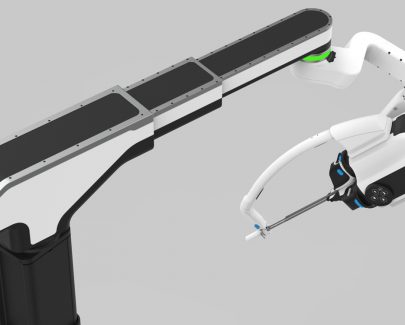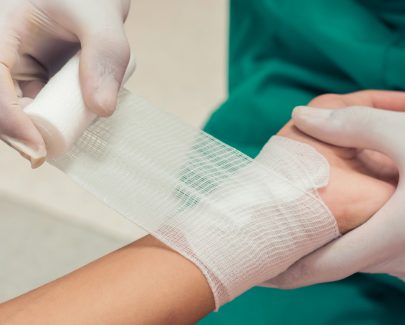
Analysis
How fast can you bring new RAS tech to market? Know the 3Cs to rapid development
This article, featuring insights from Tom Brittain, James Boonzaier and Jack Hornsby – the RAS leadership team at Cambridge Design Partnership – explores how a skunkworks approach, underpinned by capability, capacity and culture, enables surgical robotics companies to accelerate development, reduce risk, and bring new RAS technologies to market with speed and confidence.










